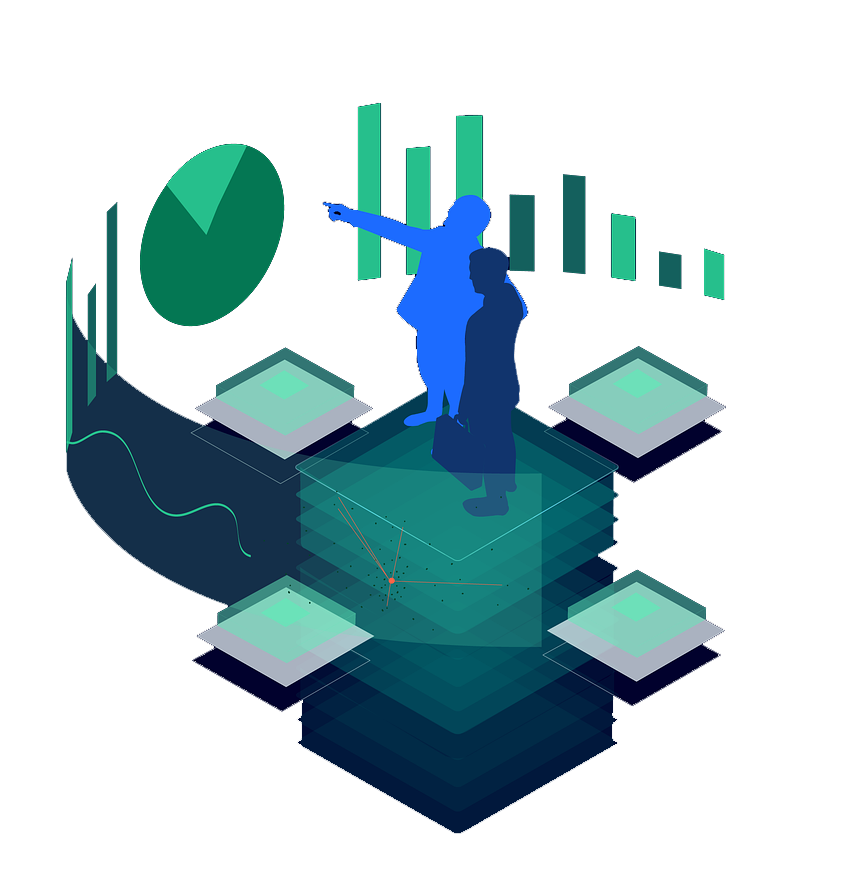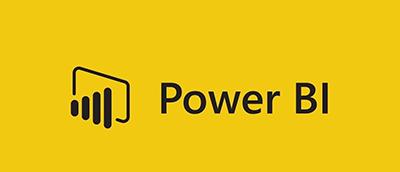Data Virtualization
Data Virtualization is an alternative technology of transforming available data into the form needed for reporting and analytics. It requires fewer databases and fewer transformation processes.
Data virtualization software acts as a bridge across multiple, diverse data sources, bringing critical decision-making data together in one virtual place to fuel analytics. Data virtualization provides a modern data layer that enables users to access, combine, transform, and deliver datasets with breakthrough speed and cost-effectiveness. Data virtualization technology gives users fast access to data housed throughout the enterprise—including in traditional databases, big data sources, and cloud and IoT systems—at a fraction of physical warehousing and extract/transform/load (ETL) time and cost.

Technologies
Tableau Software helps people see and understand data. Tableau’s award-winning software delivers fast analytics, visualization and rapid-fire business intelligence on data of any size, format, or subject. The result? Anyone can get answers from data quickly, with no
programming
required. From executive dashboards to ad-hoc reports, Tableau lets you share mobile and browser-based, interactive analytics in a few clicks. More than 21,000 companies and organizations, including some of the world’s largest enterprises, rely on Tableau Software.


Power BI is a cloud-based analysis service that provides rapid insight and is used to extract and visualize data. Power BI brings together data from multiple sources to give you a comprehensive view of your company's information assets. This means that with Power BI you can see all your data through a single pane of glass and quickly create an analytical environment for monitoring data and sharing reports. Live dashboards and reports show metrics and performance indicators based on data that resides both locally and in the cloud. This gives you a consolidated view of your entire business, regardless of architectural concepts and where you are located.
